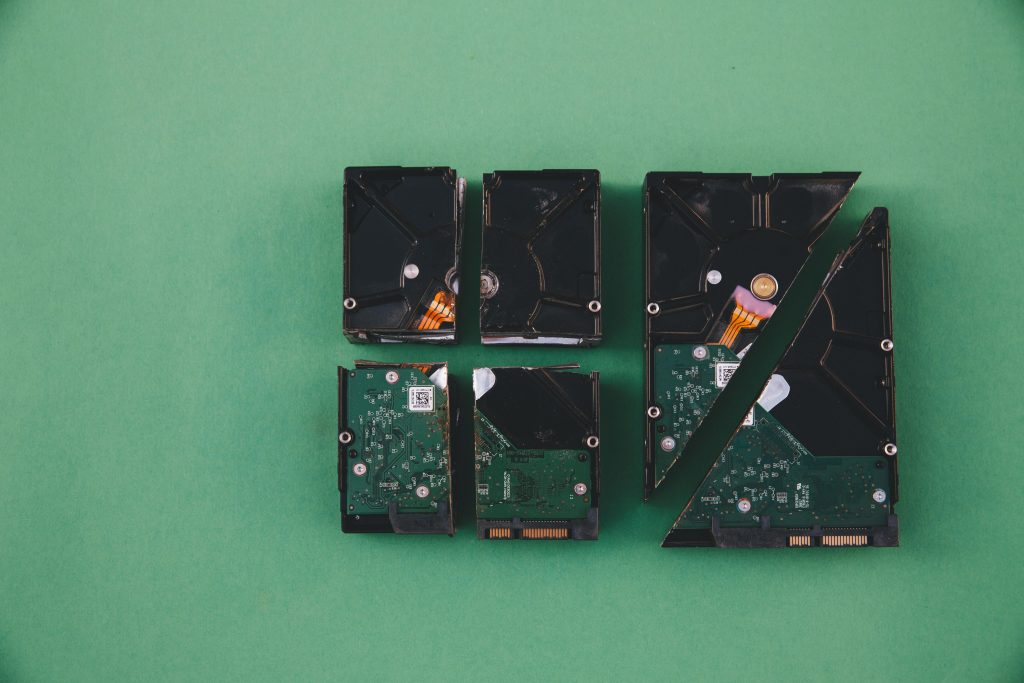Title: The Cost of Neglect: Lessons Learned from a Server Failure
Today, we encountered a significant setback when a client’s server unexpectedly failed, jeopardizing critical data that we had cautioned them about for the past three years. This unfortunate incident serves as a stark reminder of the importance of proactive server maintenance and timely upgrades.
The server, which had been showing signs of wear and tear, experienced a dual hard drive failure after years of operation. The LEDs—indicators of the server’s health—were so faint that I initially suspected they were no longer functional. The same dimness applied to the hard drive error indicator, which hinted at underlying problems that had been ignored far too long.
In an attempt to salvage the situation, we tried to reconstruct the RAID 10 array, but the data on the remaining drive was too severely corrupted to recover successfully. To compound the issue, the last backup occurred just two days prior, but we fear that backup may not be intact either.
Operating on an outdated system—Windows Server 2008—means we face a daunting task ahead. Our next steps will involve setting up a new Active Directory and migrating all client computers to this new system. This process will undoubtedly incur significant labor costs for the client, ultimately translating to weeks of lost productivity.
The critical question arises: Was it wise for the client to continue using a server that had far exceeded its average lifespan? The delays we now face as we await the delivery of a new server from our workshop could have been avoided with a more forward-thinking approach to IT infrastructure.
The key takeaway here is clear: Companies should never compromise on the reliability of their main server. Investing in quality hardware and regular maintenance is essential to safeguard against detrimental failures.
In a rather unfortunate side note, I must mention that this server was one of the dirtiest I have ever encountered. One has to wonder—was someone smoking in the server room? Such neglect is often a telling sign of broader management issues.
In conclusion, let this experience be a warning for all businesses: Take care of your technology or risk facing severe consequences that could set you back significantly.
Share this content:



